The History of Karate and Ken Zen Ichii
Here is a brief overview of the general history of Karate, which leads into our Ken Zen Ichii Karate history. For a much more detailed and fascinating account, use Google and search the Internet with names of these remarkable people or martial arts style.
The origin and history of Karate is not really agreed upon by any two styles of the art at any one time. Dates and details are always somewhat different. Therefore, we will only give a simple account of how Karate came to its modern form.
Sometime at the beginning of the Sixth Century, Bodhidharma, the 28th Buddhist Patriarch and Founder of Zen Buddhism, traveled from India to China. It was his intention to help the followers of Buddhism there advance in their spiritual knowledge. Upon his arrival he first met with the Emperor of China but found him to be a poor follower of Buddhism, so Bodhidharma then traveled on to Henan Province. There, at the Shaolin monastery, he found a group of monks who, while practicing their spiritual beliefs, had ignored their physical bodies.

Boddhidarma
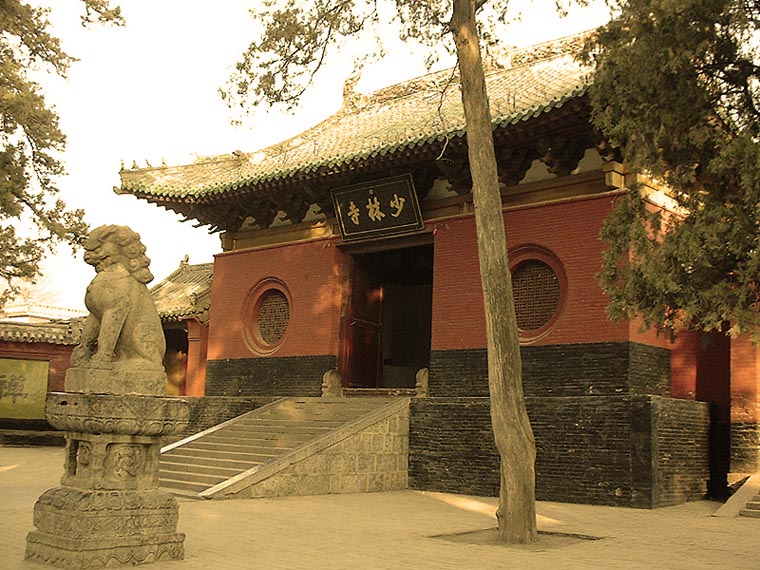
Front gate of the Shaolin Monastery, Henan Province, China
Bodhidharma introduced a system of breathing and physical drills. With the help of the drills the health of the monks improved and they were then able to continue in their studies. In time they were able to visit near and distant villages to spread their teachings. Travel brought with it the danger of attack by robbers, who saw the monks as easy prey because of their beliefs in a non-violent, quiet and peaceful lifestyle. Because of this, the purpose of the physical training began to change by way of necessity. With a few changes the drills they had learned were used as a foundation for a method of self-defense. By the Thirteenth Century this method, which is best known as Kung-Fu, was highly systemized and spread throughout China. The people of China began to learn the fighting arts of the monks. Eventually, the warrior classes were taught these methods.

Shaolin Monks sparring
At this time, China was extending its reach to other parts of the world and consequently diplomatic ties were established with the Ryuku Islands. Kung-Fu and other parts of Chinese culture were then introduced into Okinawa, one of the main islands. The local means of unarmed combat, known as Okinawa-Te ("Okinawa Hands"), was subsequently modified through the Chinese influence, To-Te ("Chinese Hands"). From this union Karate, as it is most commonly known today, came about.
Around the early 1500's the government of Okinawa banned the ownership of weapons, which caused positive developments with Karate. The Okinawans were forced to rely on Karate as a means of defense. Anyone practicing Karate at this time did so in secret, since it was against the law and being found out could mean death. By the time the islands had gained their independence back, Karate was becoming the art it is today.
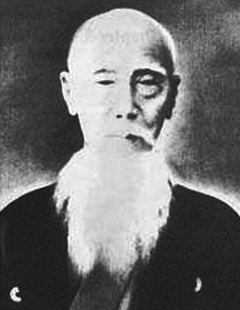
Tode Sakugawa (1733-1815), studied with Koshukun, travelled to China and brought Chines Hand to Okinawa. Master Sakugawa was the teacher of Chokun Satunku Mukabe, Satunuku Ukuda, Matsumoto, Bushi Sakomoto, Kojo, Unsume, and Bushi Matsumura.
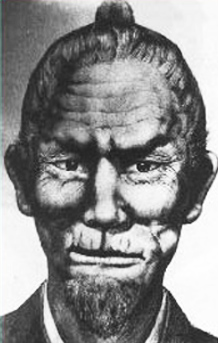
Bushi Matsumura (1798-1890), met the pirate Chinto and learned his kata. Master Matsumura also studied with Chiang Nan, a Chinese Master, and learned what became Pinan Shodan and Nidan. Bassai, Naihanchi and Kushanku katas were also contributions by this great Master. Never defeated in a duel, and described by Inotosu as "blindingly fast and deceptively strong." Matsumura's Shuri-te was taught to his student, Gichin Funokoshi, who said he was "a sensei with a terrifying presence."
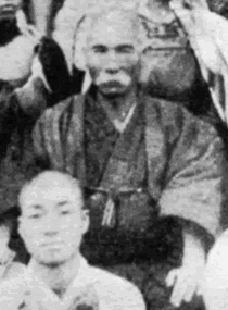
Anko Itosu (1831 - 1915) refined the Pinans, and taught Shorin-ryu karate to Choki Motobu, Gichin Funokoshi, Kenwa Mabuni, Kanken Toyama (Shudokan Karate Founder).
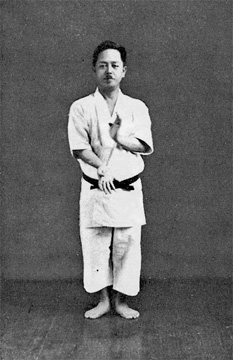
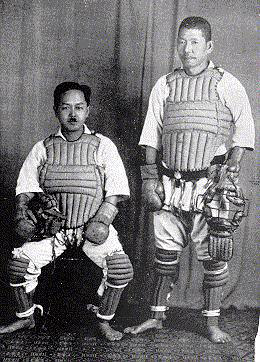
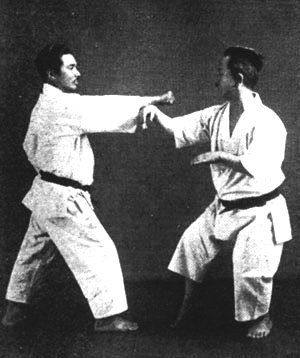
Kenwa Mabuni (1889-1952), studied mainly under Itosu, but also Seisho Aragaki, Tawada Shimboku, Sueyoshi Jino, and Chinese Master Wu Xianhui. Master Mabuni, a contemporary of Funakoshi, taught Otsuka (Founder of Wado-ryu) and Konishi Yashuhiro (Founder of Shinto Jinen-ryu), both were also students of Funakoshi. Master Mabuni was good friends with Chojun Miyagi, founder of Goju-ryu.
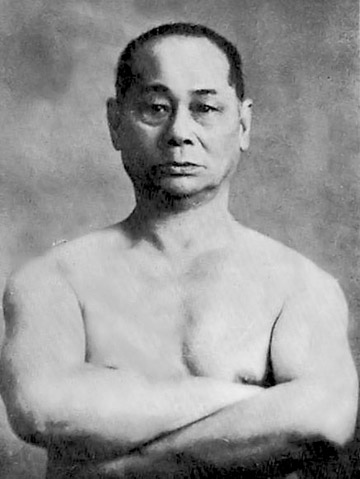
Motobu Choki (1870-1944) was amazing in kumite, advocated strength and makiwara training with sparring.
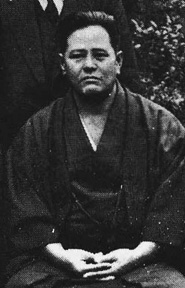

Left:
Chojun Miyagi
(1888-1953), Founder of Goju-ryu
Right:
Master Miyagi
teaching in Okinawa; the training was very intense

Founding members of Karate-do Association in 1937 in Okinawa
front row (r-l): Chojun Miyagi, Chomo Hanashiro, Kentsu Yabu, Chotoku Kyan.
back row (r-l): Genwa Nakasone, Choshin Chibana, Choryo Maeshiro, Shinpan Shiroma
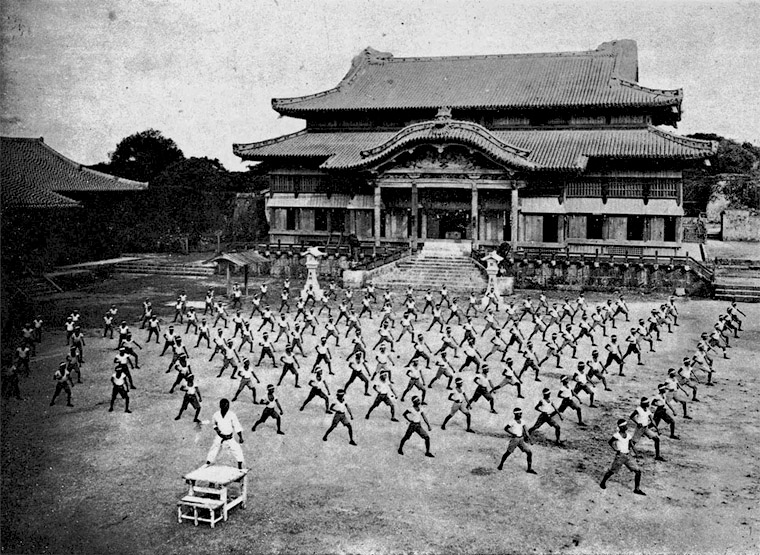
Shuri Castle, Okinawa 1938
Japanese officials, having heard of this form of self-defense, requested a demonstration. In the 1922 Master Gichin Funakoshi arrived in Japan to put on a performance. The impression made was so great that Master Funakoshi soon was persuaded to teach Karate full time in Japan. The art became one of the nation's favorites and prospered throughout the country. In time, the students of the original Okinawan instructors modified Karate with their ideas of what it should be. Soon there were schools teaching a variety of styles to all who came to learn Karate.
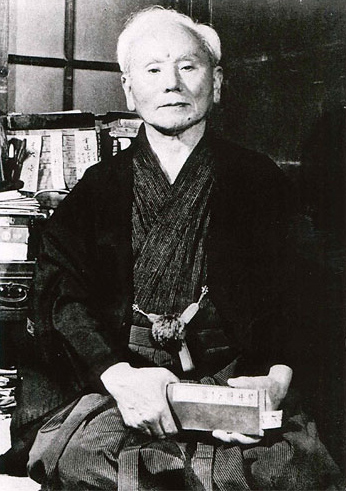
Master Gichin Funokosi
One of these first students and friends of Master Gichin Funakoshi was Master Hironori Otsuka. Master Otsuka was already a recognized Jujitsu Master; in 1920 he was awarded the highest degree in Shindo Yoshin Ryu Jujitsu, which allowed him to succeed his Master's position as Fourth Grand Master.
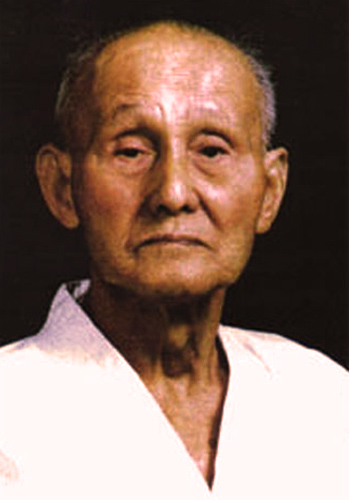
Master Hironori Otsuka, Founder of Wado-ryu Karate
Master Otsuka was the Chief Instructor at the Shindo Yoshin Ryu Jujitsu school when he started studying karate from Master Funokoshi and became his teaching assistant. Master Otsuka also studied kata with Kenwa Mabuni, the founder of Shito-ryu Karate, and kumite with Motobu Choki, who were contemporaries of Funokoshi. It is well worth the time to read their histories, because they were reportedly teaching Okinawan Karate in Japan before Funakoshi "officially" introduced Karate, and they taught many youngsters who would go on to become Masters.
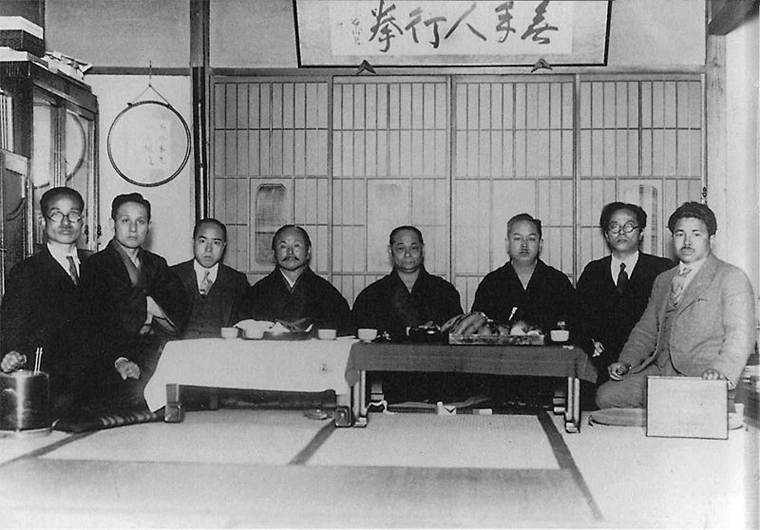
Masters of Karate in Tokyo, 1930's (l-r) Toyama Kanken, Ohtsuka Hironori, Shimoda Takeshi, Funakoshi Gichin, Motobu Choki, Mabuni Kenwa, Nakasone Genwa and Taira Shinken

Students of Motobu Choki, 1938 Japan
Front row (l-r), Tatsuo Yamada (founder of Nihon Kenpo Karatedo, one of the fathers of Kickboxing and a student of Motobu Choki), Hironori Ohtsuka (founder of Wadoryu and a student of Funakoshi and Choki), Yasuhiro Konishi (founder of Shinto Jinen ryu and a student of Funakoshi and Choki), Sannosuke Ueshima (founder of Kushinryu and a student of Choki) and Kenwa Mabuni (founder of Shitoryu). 2nd row (4th from left), Gogen Yamaguchi (student of Chojun Miyagi). Back row (first from left), Neichu So (student of Gogen Yamaguchi and teacher of Mas Oyama).
Otsuka thought that his training should include sparring, with attacks and defence; at that point the Funokoshi's Okinawan system only worked with katas. Master Otsuka left Funokoshi to pursue his own studies and developed Wado-ryu karate (Wa=peace, harmony, do=way, so the "way of peace and harmony"), which incorporated a more fluid approach to karate movement, and also included some of the jujitsu techniques.
Master Otsuka also developed a life-long friendship wtih Morehei Ueshiba, the Founder of Aikido. Kindred spirits, they shared the same views with regard to martial arts, and considered using an opponent's own force to defeat them. Aikido translates "The Way of Harmonious Spirit," which very close to Wado-ryu "The Way of Peace and Harmony."
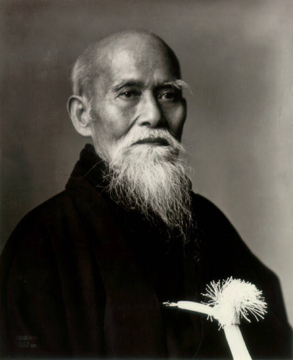
Master Morehei Ueshiba, Founder of Aikido (1883-1969)
With the Second World War and the subsequent stationing of different armies in Japan, Karate began to leave the Orient and travel to the West. The spread of Karate came mostly from Japanese schools and thus people began to believe it originated there.
Ken Zen Ichii History
During the Reconstruction, Arthur Beverford ("Mr. Bee") was stationed in Japan and began studying Wado Karate at one of Master Otsuka's schools, associated with the Kanoumichi Zen Temple. Mr. Beverford was one of the first two Americans to study Karate in Japan after the War. After he reached his 5th Dan and received a Wado-ryu Teaching Diploma, Mr. Bee, as he was called by his students, also studied other fighting methods including Chinese styles, as well as Yoga and Zen meditation.
As a youngster in California, Mr. Bee had attended yoga classes taught by Rishi Singh Gherwal from India in the foothills of Santa Barbara. Throughout his life, during the practice of Zen and Karate, Mr. Bee included several yoga exercises. Besides the Zen meditation, the Ken Zen Ichii Karate practice includes these yoga exercises.

Rishi Singh Gherwal, Master Yogi from India, author and yoga instructor, teacher of Mr. Bee, d. 1965
Mr. Bee moved to the Philippines, and started teaching Wado-ryu Karate. Years later, after being awarded the title of Shihan in Wado Ryu Karate Do, Mr. Bee started formulating and later on developed Ken Zen Ichii Karate and established The Ken Zen Ichii Karate Association. During this time Mr. Bee acquired many students, in the Philippines and also US servicemen at Clark Air Force Base; Mr. Bee became the Liason between the Philippine Government and the US base.

Bottom row (l-r), Marcy Umipeg, Mr. Bee, Capt. Geronimo (Philippine AF), Col. Kim (Korean AF),
Top row (l-r), SSGT Valencia (Philippiine AF), Nardo Casero (Kyoku-shin), unknown, Pol Gacuma (Judo).

The "Pillars" of Wado-ryu in the Philippines
top row (l-r) Jerry Francisco, Galang Rudy, Tony Cunanan, Orlando Centeno, Robling Sanchez, Dan Guiao
bottom row (l-r), Earl Untalan, Jack Beverford, Metring Francisco, Erning Escalante
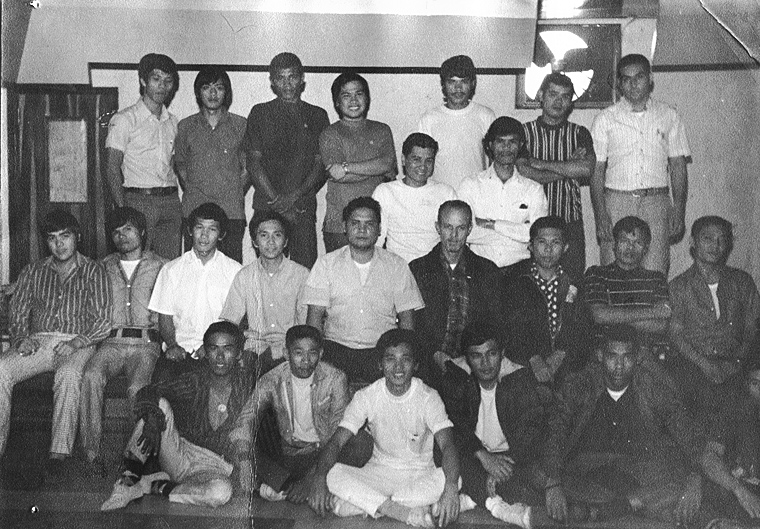
Mr. Bee with a class in the Philippines, Erning Escalante, Robling Sanchez
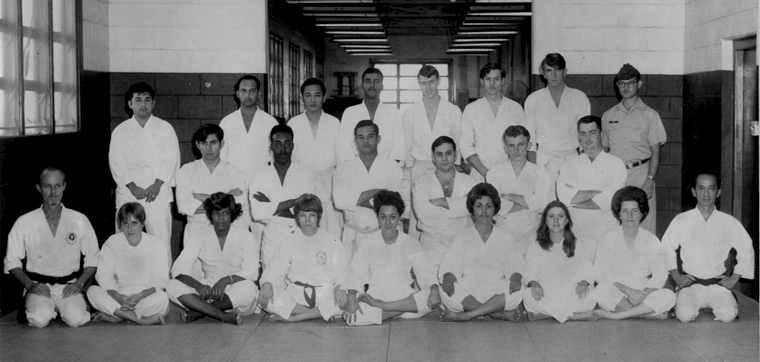
Clark Air Force Base class, Mr. Bee on the left, Mr. Moreno on the right

Mr. Bee in the dojo at Clark Air Force Base, Philippines
In 1972 Mr. Bee retired from the military service and moved with his family to Southern California near Oak View, because his mother lived there. One senior student from the Philippines, Jerry Watanabe Francisco, was in the Navy and stationed nearby at Port Hueneme Naval Base. Jerry was already involved with a couple of Wado-ryu karate schools in the USA, which were started by John Carpenter, a student of Jerry's brother Metring in the Philippines.
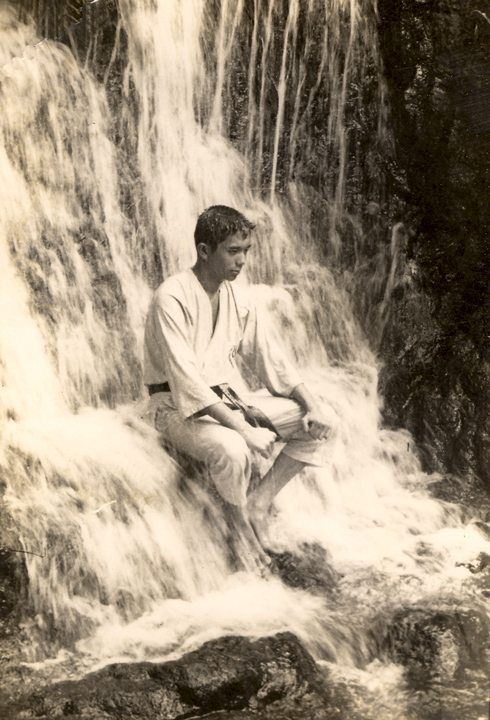
Jerry Watanabe Francisco in the Philippines c. 1964
Ken Zen Ichii Karate in the USA
David Segovia studied Wado-ryu with John Carpenter and Jim Randolph (another student of John's). David then met and began to study with Jerry Watanabe Francisco. When Mr. Bee came, David trained and began studying the Ken Zen Ichii system, which modified several Wado-ryu katas for kumite training. Mr. Bee devoted much time to developing this sytem, and considered it his contribution from a lifetime of serious martial arts study. David meticulously transferred all the moves into a book to preserve this tradition, and later would become the Chief Instructor in the United States. William Prosser joined the Oak View dojo in 1973, and trained with Mr. Bee, David Segovia, and Larry Segovia.
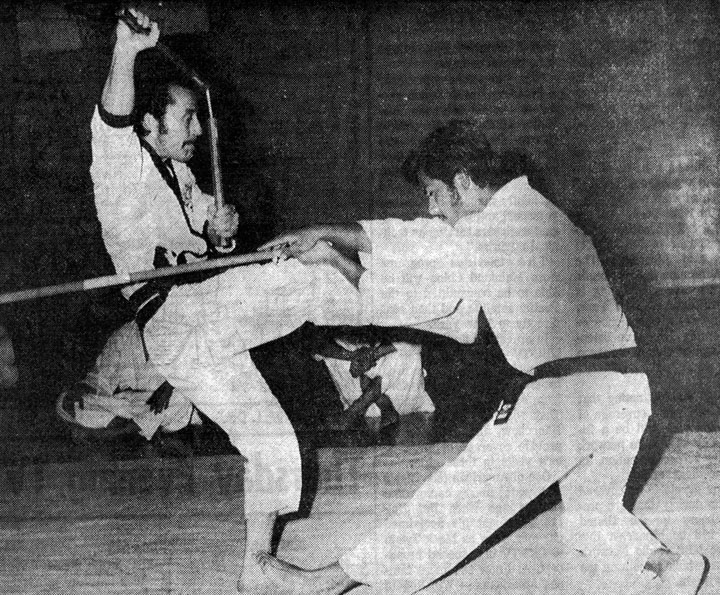
Jim Randolph (r) and David Segovia karate demonstration
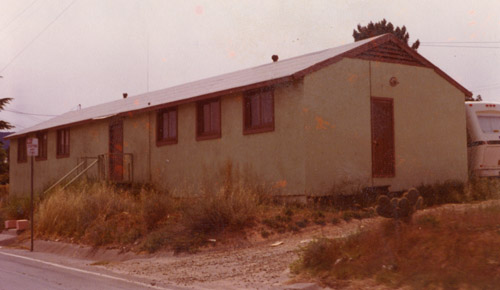
Dojo in Oak View, California 1973

Larry Segovia and Yvonne Segovia, Oak View dojo c. 1973
During this same time David Segovia also ran two dojos, one in his hometown of Santa Paula, and moved the Oak View school to Ojai (Camp Comfort on Creek Road). Manuel Martinez, Michael Lemus, and Jerry Ramirez began training in Santa Paula. Later Manuel and Michael would run this school.
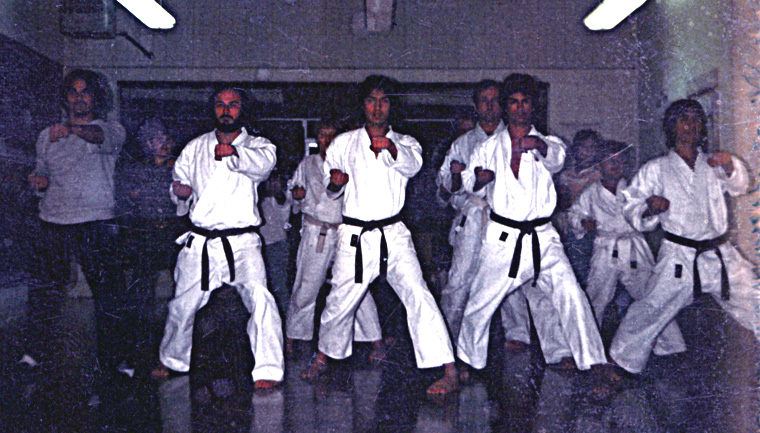
Santa Paula Ken Zen Ichii Dojo, c. 1975 (r-l): Manuel Martinez, Michael Lemus, Jerry Ramirez, Frank Marano
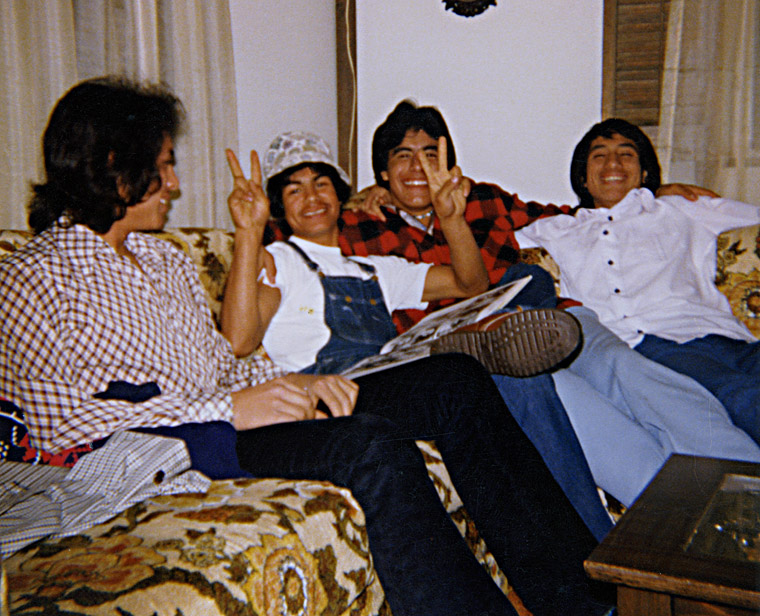
Santa Paula Ken Zen Ichii (l-r): Frank Martinez, Michael Lemus, Jerry Ramirez, Manuel Martinez c. 1975
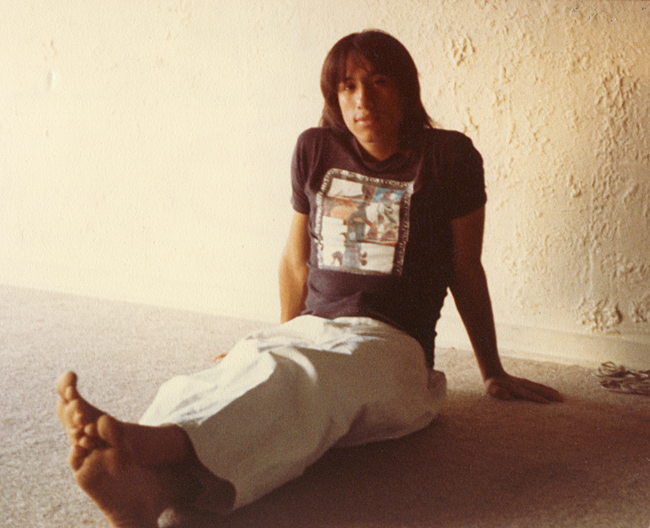
Manuel Martinez at the Santa Paula dojo, c. 1976
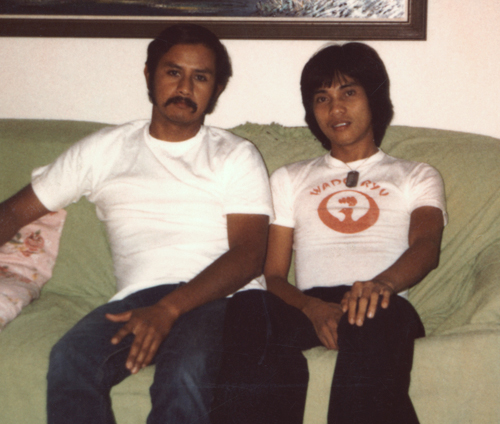
David Segovia and Eddie Mercado, Santa Paula c. 1975
In 1975 Mr. Bee moved with his family to Minnesota, and William Prosser accompanied him. David Segovia also came to study with Mr. Bee in 1976. William returned to California in 1978, and in 1979 Mr. Bee returned to the Philippines with his family, and then David returned to California.

Mr. Bee and David Segovia in Minnesota
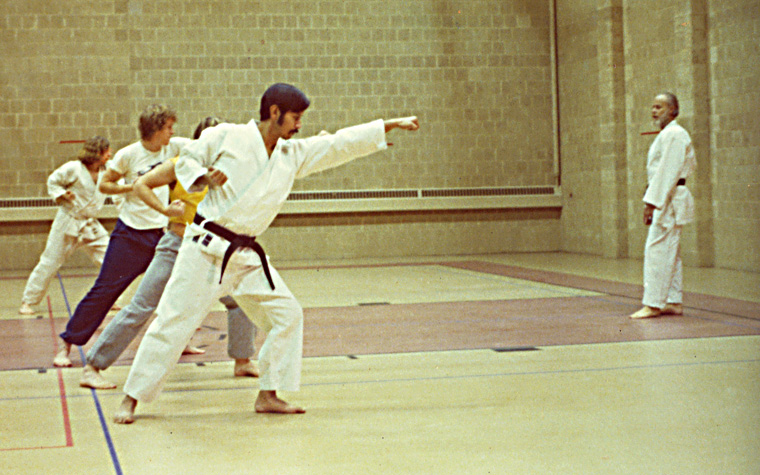
Mr. Bee and David Segovia training at Ranier College gym, Minnesota 1977
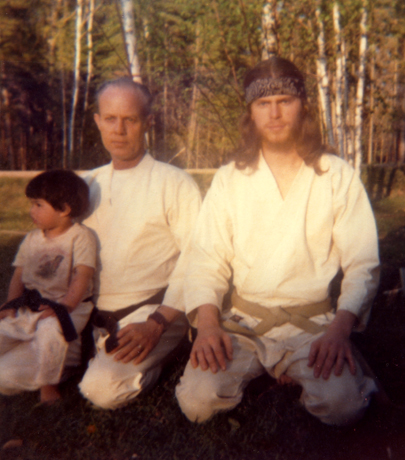
Mr. Bee, his daughter Mialani, and William Prosser in Birchdale, Minnesota 1976
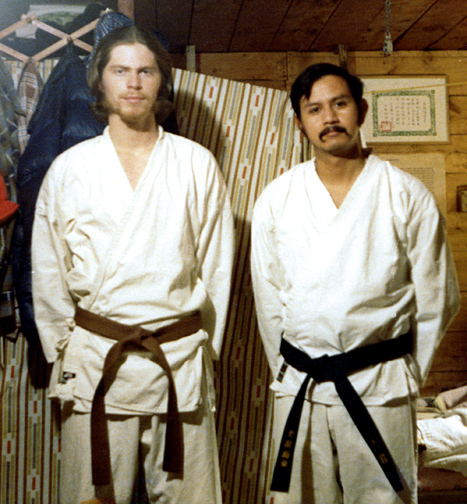
David Segovia and William Prosser in Minnesota, 1977
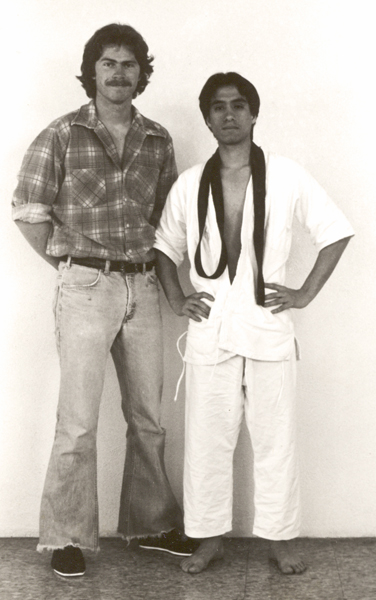
Manuel Martinez and William Prosser c. 1979, Santa Paula dojo

Youth Involvement Exhibition, Stockton, California 1979 (l-r) George Munoz (Goju-ryu), student girl, William Prosser, student boy, Hank de la Vega (Kenpo). William taught Ken Zen Ichii through Youth Involvement Project and a CETA grant, Hank's project.
In the Philippines, Mr. Bee began teaching again, but only privately, and Jerry Watanabe Francisco's son Ira trained with him. In 1993 Mr. Bee retired from leading the Ken Zen Ichii Karate Ryu and Association, and handed all responsibility and authority to his senior student, Jerry Watanabe Francisco and gave him instructions on who will be his choices as the 3rd Generation head once the time comes. In 1999, Mr. Bee passed away, and Jerry became Grand Master and Chief Instructor of the Association. Jerry later assigned Ira as the President and Chief Instructor of Ken Zen Ichii Japan, and David as President and Chief Instructor of Ken Zen Ichii USA.
In 2016 Jerry officially retired from the organization and appointed his son Ira as 3rd Generation Grand Master of the whole Ken Zen Ichii Association, and a few months later Jerry passed away peacefully in Tacoma, Washington.
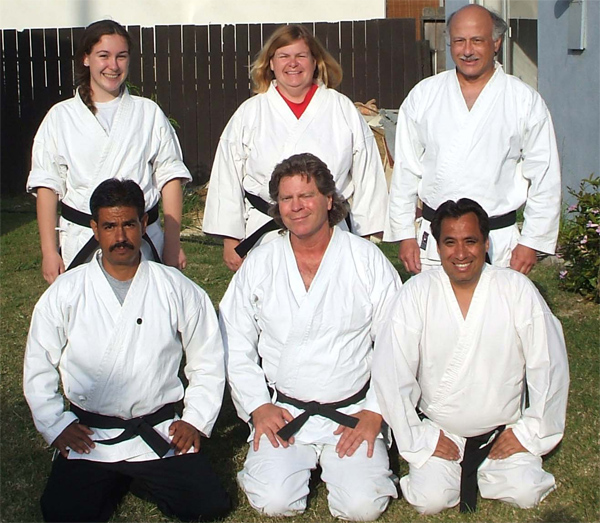
Ken Zen Ichii Karate Club, Ventura, California 2007
bottom row (l-r): Michael Lemus, William Prosser, Manuel Martinez
top row (l-r): Brittany Remnet, Cynthia Garcia, Frank Marano
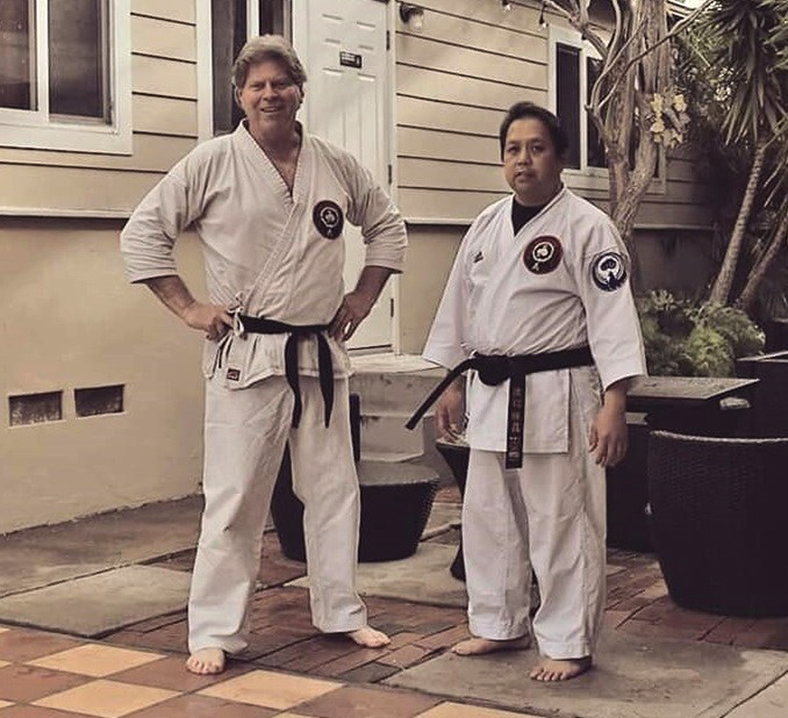
William Prosser and Ira Watanabe, San Diego, California February 2019
